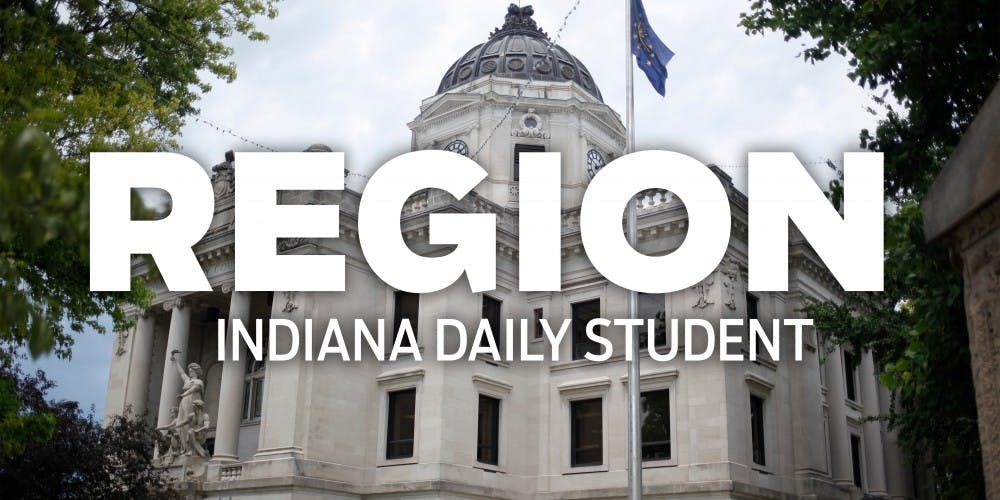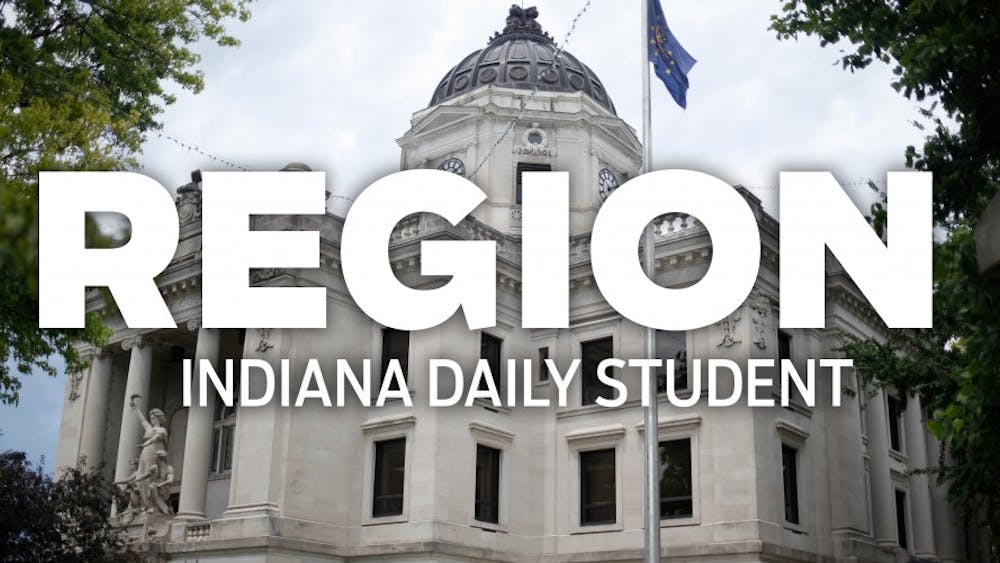Until recently, there had been no long-term study of domestic violence in Monroe County. But on July 12, the Monroe County Domestic Violence Coalition took the first steps towards changing that by publishing its first report of statistics on the state of domestic violence in Monroe County.
“They’ve never been compiled before,” Michael Shermis, the special projects coordinator in the Department of Community and Family Resources, said. “This is a first time effort to really determine how much of an issue domestic violence is in our community.”
In the report, the MCDVC published both statistics compiled from local organizations and a flowchart of how domestic violence reports are processed through the Monroe County legal system.
“Survivors of domestic violence find the legal process rather confusing and it’s always been very hard to explain how to go through the process,” he said. “It’s different for each person, different in each county. If there’s a visual, it shows the connections between all the agencies.”
Multiple investigating agencies first respond to a report, including the Bloomington Police Department, Monroe County Sheriff’s Department, Ellettsville Police Department, IU Police Department and the Indiana State Police.
Then, the report moves to the Monroe County Prosecutor’s Office, who determines if the charge can be proven beyond a reasonable doubt. Charges are then filed against the alleged perpetrator. Only then does the alleged perpetrator proceed to an initial hearing and pre-trial conference, which will result in a number of case resolutions.
Shermis hopes that the chart will be used in training for volunteers who work with domestic violence survivors. The goal, he said, is for domestic violence survivors to have a clear idea of where a perpetrator is in the system and how that system works.
The statistics and flowchart in the report will provide domestic violence survivors with resources to inform their decision-making.
“Explaining it to someone who’s going through domestic violence and looking at it is going to be a lot better,” Heather Davis, a legal advocate at Middle Way House, said. “They can understand what options they have.”
In 2016, 50 new cases were received between October and December, which were made up of 28 felonies and 22 misdemeanors. Of the cases processed in that period, 65 percent plead guilty to a domestic violence case. 22 percent of the cases were dismissed, according to the report.
Although the report was a collaboration with local government and law enforcement agencies, agencies that provide social services, like Middle Way House, also contributed.
Middle Way House is an organization based in Bloomington that offers a 24-hour crisis line, crisis intervention, emergency shelter, legal and personal advocacy, safety planning and transitional housing to anyone who has experienced domestic abuse, human trafficking or sexual abuse.
In the fourth quarter of 2016, it provided legal advocacy to 98 people and housed 61 people in its shelters, according to the report.
Publishing the report wasn’t without its challenges, Shermis said.
“It was definitely challenging,” he said. “People are really leery about not wanting to understate the problem.”
Confidentiality and restrictions by the state on releasing information can also complicate matters.
However, Shermis hopes in the future there will be a report for every quarter, to give the results more context.
“I think that it brings more awareness to Monroe County about domestic violence,” Davis said.
The Monroe County Domestic Violence Coalition was initially a task force, and had existed in that form for more than 10 years before becoming a coalition.
The coalition meets on the third Friday of each month. There are currently 15 partners involved in the coalition, ranging from the Monroe Department of Child Services to the City of Bloomington Safe and Civil City Program.
At the meetings, the participating organizations share what they’ve been working on to make everyone in the coalition aware of available resources.
“The coalition is an attempt to make sure that we’re all working together,” Shermis said. “The more organizations that are working on the problem, being aware of other resources, the better. Those connections being made are so relevant to strengthening an understanding of what the problem is.”





